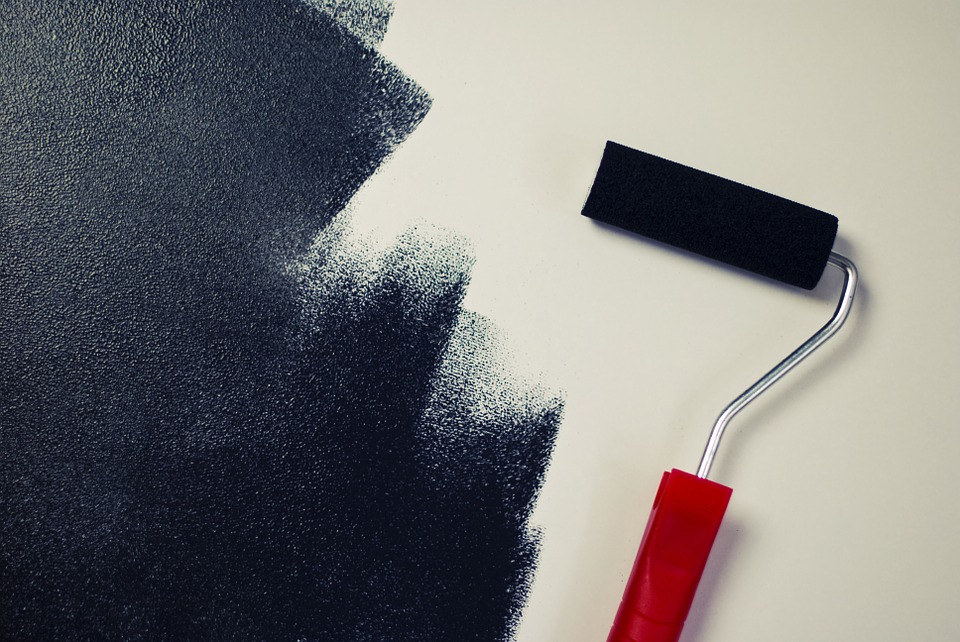If you’re like many homeowners, you may want to update a room or two in the house with a simple change of paint colors or just a fresh coat of the existing colors. Executed successfully, such a project can restore the vibrancy and personalization of the space. However, poor execution can lead to one big mess and lots of frustration. If you want a top-quality job with no stress (and spend your time on far more enjoyable weekend activities), then hire TriFection. Our lineup of true master painters is extremely talented, clean and professional. On the other hand, if you’re an ambitious Do-It-Yourselfer, here are some tips of the trade that will help ensure a good outcome. Thanks to our friendly partners at Sherwin Williams for sharing their input.
 Most importantly, you MUST start by choosing high-quality paint. Cheap paint may save you a few dollars on the front end, but it’s more difficult to work with and will not stand the test of time. At TriFection, we use only the best materials because our clients rightfully expect custom craftsmanship quality. Sherwin Williams is our exclusive paint brand of choice.
Most importantly, you MUST start by choosing high-quality paint. Cheap paint may save you a few dollars on the front end, but it’s more difficult to work with and will not stand the test of time. At TriFection, we use only the best materials because our clients rightfully expect custom craftsmanship quality. Sherwin Williams is our exclusive paint brand of choice.- Use drop-cloths and plastic to completely cover floors, nearby furniture or other personal effects.
- Paint your room in the correct order. Start with your ceiling, followed by your walls and then finish with your trim work
- Start by painting a strip on the edges of ceiling, where it meets the walls or crown moulding. For best paint application, hold your brush at the base, dip paint only halfway up the bristles of the brush, and tap (not wipe) your brush to remove excess paint
- Switch over to your roller for the ceiling while the paint on the edges is still wet. Make sure to come as close to the edge as possible, overlapping and blending your paint.
- For the walls, start around the ceiling, floor or baseboards, and around trim for windows and doors. A 2″ to 21/2” brush works really well for this paint application.
- Switch over to paint the rest of your wall surfaces using a roller brush in a capital N-pattern while your edge work is still wet. Make sure to come as close the edge as possible, overlapping and blending your paint.
- Wait for your new coats of paint to dry completely before completing your trim work
- Frame trim work with blue painter’s tape around the edges and apply your trim paint in a smooth stroke in one direction for a clean finish.
- Use a higher sheen paint for the trim so that it really stands out from the walls and ceiling.
- Lastly, take your time. If you’re going to tackle a room painting project, you should enjoy the work and not be in a hurry to just “Get ‘er done!”……No masterpiece was ever painted in a race against the clock.









